Agriculture Reference
In-Depth Information
The harvested fruits are subjected to fungicide treatment
before degreening, waxing, or storing, the effectiveness
of which depends on prompt treatment of the fruit. The
maximum time between harvest and treatment varies with
temperature but should not exceed 24 hours (Hardy, 2004).
Two methods may be used for fungicide treatment of fruit-
bulk dipping: shower or spray application and fungicide
stripping. Bulk dipping is the complete immersion of bulk
bins of citrus in a fungicide solution for at least 30 sec. It is
a convenient method of fruit treatment within 24 hours
of harvest when the fruits are not packed or processed
immediately. Fruits are treated for 30 sec by using shower
or spray application over revolving brushes or rollers and
are thoroughly coated with the fungicide as the fruits move
through the packing line. Accumulated dirt and organic
matter bind some fungicides and reduce their effectiveness.
The type of fungicide application equipment used and the
water quality can influence the rate of loss of the fungicide,
hence the concentration of fungicide in the dip tank and
inline equipment are monitored at regular intervals. Correct
concentration of fungicide in the water can be achieved by
changing fungicide tanks regularly or by topping off with
more fungicide (Hardy, 2004).
Washing the fruit removes soil and dirt particles, disease
spores and field spray residues. Sometimes, high-pressure
water sprays are used to clean pests and diseases from fruit
and this can disturb the natural wax layer of the fruit. It is
important that the water used is clean and free of disease
spores to avoid contamination of the fruit. Water can be
treated with sanitizer (e.g., chlorine compounds) to kill
the free floating spores. The pH and temperature of the
water can affect the activity of sanitizers and fungicides
and therefore are monitored regularly (FAO, 1989; Hardy,
2004).
Waxing is used to improve the appearance of fruit, protect
the fruit surface, slow down the development of some rind
disorders, and, most importantly, reduce water loss from
the fruit (Morton, 1987a, 1987b; Goodrich, 2003; Hardy,
2004). Waxes used on fruit are edible and include Carnauba
(a natural wax extracted from palm leaves), shellac-based
waxes, polyethylene-based waxes, and resin-based waxes.
Wax is applied evenly at low pressure to the fruit surface
without diluting with water. Wax is sprayed or dipped onto
damp fruit while they are being rotated on a bed of revolving
brushes that help to spread the wax evenly over the fruit
surface. Fruits are then dried by running high velocity air
across the fruit for 2.5-3 min. Cool or warm air is used,
depending on conditions.
Fruits are sorted on the packing line to remove blem-
ished or damaged fruits and graded according to market
Harvest Fruit
If degreening
treatment
needed
If packing within
24 hours or long-
term storage
If storing fruit for
short-term
(>24 hours)
Bulk-dip in
fungicide
Sort out fruit to be
discarded
Bulk-dip in
fungicide
Degreen
Store
Wash and
clean fruit
In line Fungicide
treatment
Wax and dry
Long-term
storage
Grade and Pack
Market
Repack
Figure 20.3.
Simple postharvest handling sequence
(source: Hardy, 2004).
the major unit operations in packing fresh lemons and limes
are the same as for other citrus fruit. Simple postharvest
handling sequence is detailed in Fig. 20.3. Lemons and
limes picked while still green will generally have a longer
postharvest shelf life than the fully yellow lemons that need
to be handled gently and marketed more rapidly (Goodrich,
2003). Harvested fruit may undergo three different treat-
ments, depending on the objective. The fruit may be de-
greened, packed within 24 hours, or packed for long-term
storage or stored for short periods (
24 hours). Any fruit
that will not be packed is removed from the line prior to
fungicide application and waxing. Mature lemons that may
lack full color development can be degreened by exposing
the lemons to 1-10 ppm ethylene gas (a natural product of
fruit ripening) for 1-3 days at 20
◦
-25
◦
C prior to waxing
(Goodrich, 2003). This gas causes the breakdown of the
green pigment in the fruit rind and the fruit develops a far
more acceptable yellow color. Ethylene does not ripen fruit
and does not affect the sugar, acid and flavor of the fruit.
The greener the fruit, the longer it takes to degreen. De-
greening can also be achieved by spraying with gibberelic
acid.
<




Search WWH ::

Custom Search